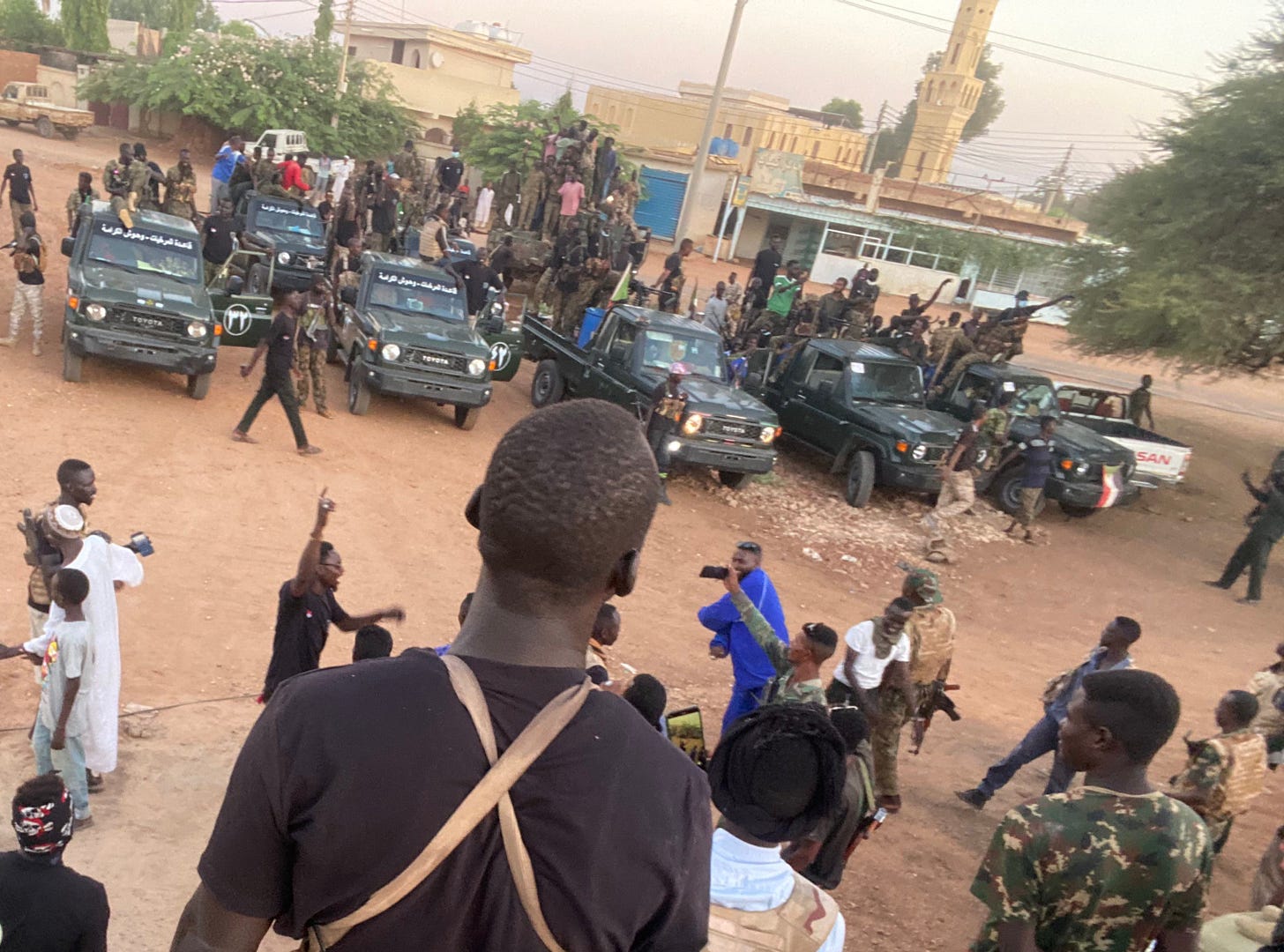Sudan army gains ground in Khartoum Bahri
Stage is set for battle to relieve army headquarters
The Sudanese Armed Forces (SAF) seized new territory in the Samrab neighborhood of Khartoum Bahri, and built up forces in the area, as part of a larger offensive aimed at retaking the capital region from the Rapid Support Forces (RSF).
Bolstered by the recent arrival of Russian and Iranian weapons, the Sudanese military spurned ceasefire talks in August …
Keep reading with a 7-day free trial
Subscribe to Sudan War Monitor to keep reading this post and get 7 days of free access to the full post archives.


